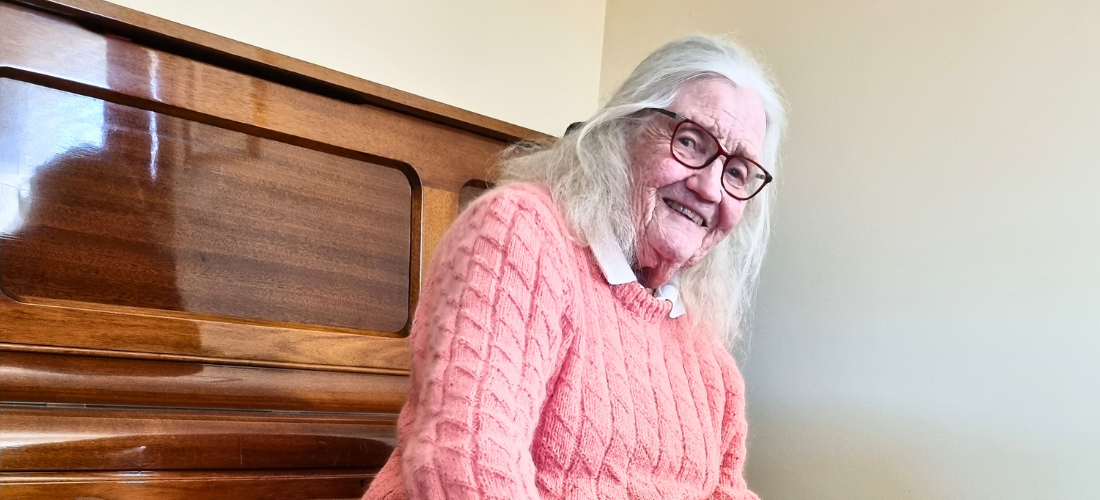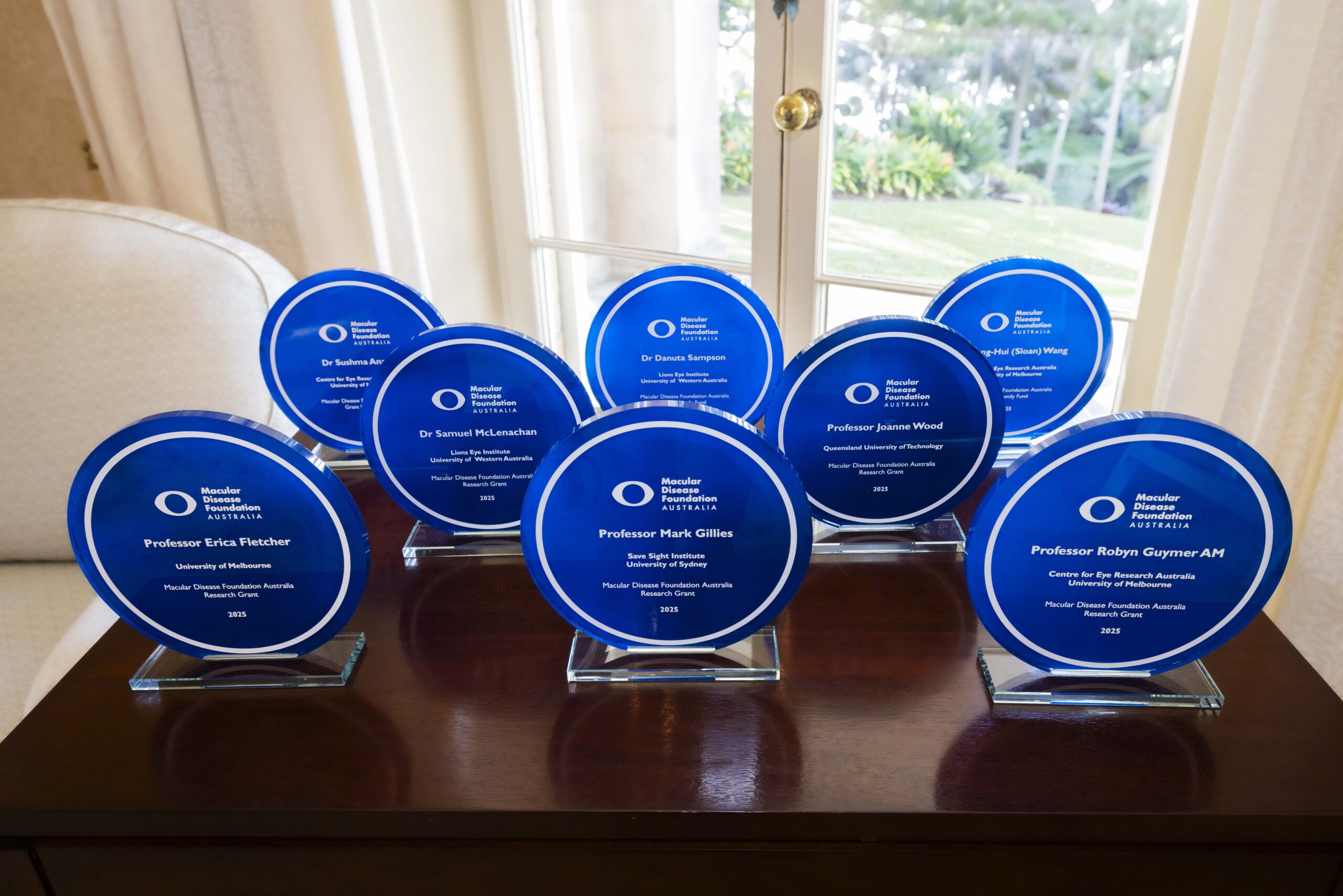A classic hereditary case study: Karen Russell
If you’re looking for the classic case study on how age-related macular degeneration (AMD) runs in families, the Walker / Russell family is – unfortunately – it.
Brenda Walker’s diagnosis of dry AMD in her late 70s meant her four children had an increased risk developing it too.
But despite her mother’s AMD, 53-year-old Karen Russell, says her own diagnosis five years ago was completely unexpected. She had no idea of the strong hereditary nature of the disease… and was not yet in the higher risk 50+ age group.
“I can’t tell you how outraged I was,” Karen says about her diagnosis of AMD at the age of 48.
“I hadn’t even turned 50 and I was being diagnosed with a disease associated with the elderly. I felt it was something I shouldn’t have been diagnosed with for another 25 years,” she said.
“I had not realised the hereditary risk of the disease. I obviously knew Mum had it but I didn’t absorb the information about the familial risk.”
AMD is the leading cause of blindness and severe vision loss in Australia. One in seven Australians over the age of 50 – approximately 1.4 million people – have some evidence of AMD.
There is no ‘cure’ for the disease, but highly effective treatment options are available depending on the stage or type of AMD and aim to stabilise and maintain best vision for as long as possible.
AMD primarily affects people over the age of 50 and the incidence increases with age. A major risk factor is family history. If you have a direct family relative (parent or sibling) with AMD, you have a 50 per cent risk of developing it also.
A YouGov/Galaxy survey conducted by Macular Disease Foundation Australia (MDFA) to mark Macula Month in May has revealed 63 per cent of the general population don’t know about that hereditary risk.
Within the macular disease community itself – those living with AMD – only half (50.1 per cent) were aware that having a first degree relative (parent or sibling) carried a risk.
This Macula Month, MDFA is urging Australians to start a conversation about family eye health.
Macula Month is an initiative of MDFA.
Early action can save sight, and MDFA is urging people in higher risk groups – people over the age of 50, those with a family history of AMD and smokers – to visit their eye health professional for a comprehensive eye examination, including a macula check.
At the moment, Karen’s vision is good, and she is still able to drive, read and paint.
“It is not something I struggle with on a day to day basis, but it is something I worry about; something that niggles at me. Every now and again, I’m confronted with the fact that in the future, there are things I might not be able to do.
“What scares me the most is losing the ability to read. I understand things by reading. I can’t absorb when people are telling me things – I need to read to understand,” Karen said.


















